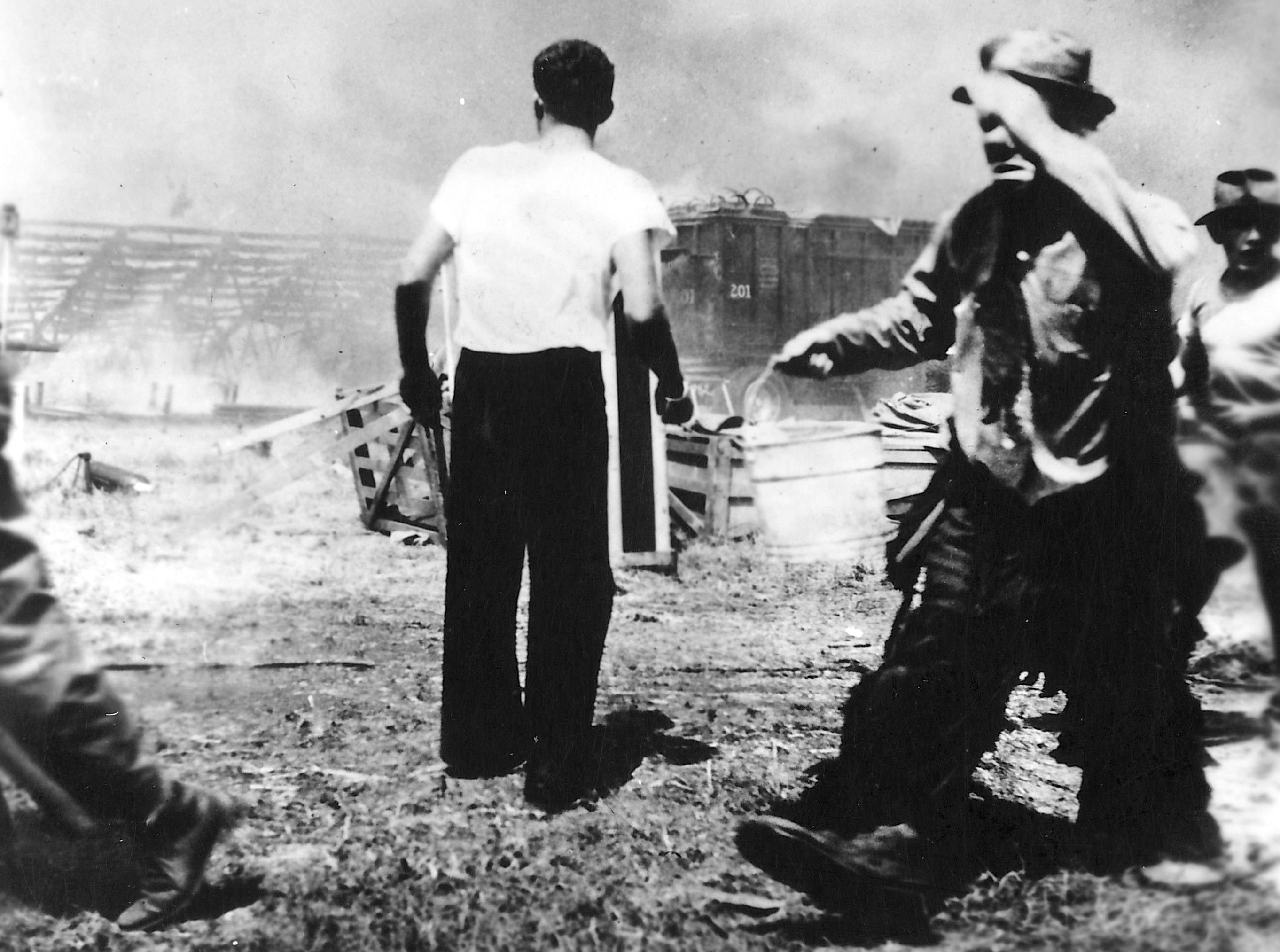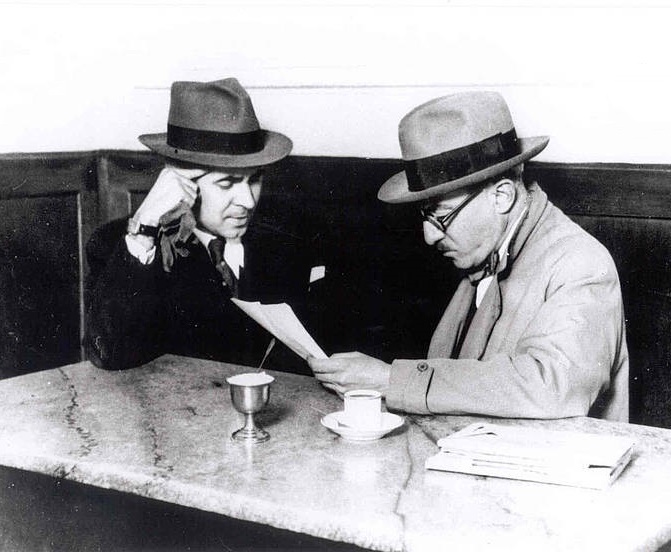A star nursery discovered over 250 years ago will teach astronomers new things about how stars come to life with the help of the piercing vision of the James Webb Space Telescope.
The lvl 3 eroticismpowerful new $10 billion observatory, located in deep space about 1 million miles from Earth, took a new image of a star-forming region within the Carina Nebula. The picture captures exceptional details that previously eluded the Hubble Space Telescope.
The Carina Nebula has been a popular target to study through the years because it demonstrates a cosmic event that lasts for an extremely brief time — only about 50,000 to 100,000 years. The nebula lies in the Milky Way about 7,600 light-years away and is home to other notable cosmic objects, such as the Keyhole Nebula and the unstable supergiant star, Eta Carinae. Astronomers have given its features some pet names, too, like Mystic Mountain and Cosmic Cliffs.
The new Webb photo (seen at the top of this page) clears away the cobwebs of gas and dust to show hundreds of never-before-seen stars in the region, with bubbles, cavities, and jets blowing out from more baby stars. The telescope's ability to penetrate the dust screen is so strong, it is even able to catch the light of galaxies lurking far beyond the region, said Amber Straughn, deputy project scientist for Webb, during a NASA presentation on Tuesday.
"Every dot of light we see here is an individual star, not unlike our sun, and many of these likely also have planets," she said.
 Credit: NASA / ESA / Hubble Webb 2022
Credit: NASA / ESA / Hubble Webb 2022  Credit: NASA / ESA / CSA / STScI
Credit: NASA / ESA / CSA / STScI Called the Cosmic Cliffs, the area captured looks like an arid desert landscape, with rusty rolling mountains and canyons sprawling beneath a starry sky. Enormous pillars loom over a glowing wall of gas, and radiation and space weather from newborn stars blow out bubbles. An eruption at the top of the ridgeline purges more gas and dust.
These features reside in the heart of a gaseous cavity, researchers say. But a cosmic tug-o-war through the interactions of gases and debris can ensue. Webb's study of the Carina Nebula and other nurseries may help researchers solve the age-old mystery of how gas and dust — the raw materials for stars and planets — could also work to prevent new births.
"There's a flip side of the story," Straughn said. "These same processes can serve to sort of erode away this material and stop star formation."
 This picture is a montage assembled from four different April 1999 Hubble observations. Credit: NASA / Hubble Heritage Team and Nolan R. Walborn (STScI) / Rodolfo H. Barba (La Plata Observatory, Argentina) / Adeline Caulet (France)
This picture is a montage assembled from four different April 1999 Hubble observations. Credit: NASA / Hubble Heritage Team and Nolan R. Walborn (STScI) / Rodolfo H. Barba (La Plata Observatory, Argentina) / Adeline Caulet (France)  An image of the Carina Nebula, aka Mystic Mountain, taken by Hubble in 2010. Credit: NASA / ESA / M. Livio / Hubble 20th Anniversary Team (STScI)
An image of the Carina Nebula, aka Mystic Mountain, taken by Hubble in 2010. Credit: NASA / ESA / M. Livio / Hubble 20th Anniversary Team (STScI)  The Carina Nebula, informally known as Mystic Mountain, taken by Hubble. Credit: Hubble / NASA / ESA / Processing by Judy Schmidt
The Carina Nebula, informally known as Mystic Mountain, taken by Hubble. Credit: Hubble / NASA / ESA / Processing by Judy Schmidt Webb, a collaboration of NASA, the European Space Agency, and the Canadian Space Agency, will observe some of the oldest, faintest light in the universe. Astronomers anticipate Webb will spark a golden age in our understanding of space. The new Carina Nebula photo was among the first full-color images released publicly on July 12, marking the beginning of scientific operations for the observatory.
Scientists have called out some of the prominent details Webb has revealed in the new photo, like an odd arch bending out of the region. Vapor appears to rise from the celestial “mountains” — searing gas and dust ejecting from the star nursery because of ultraviolet radiation.
"We see examples of structures that, honestly, we don't even know what they are, like what's going on here?" Straughn said, pointing out an element in the image. "The data is just so rich."
 Today's Hurdle hints and answers for December 25
Today's Hurdle hints and answers for December 25
 Snapchat teams up with Inspirit to launch interactive augmented reality STEM lessons
Snapchat teams up with Inspirit to launch interactive augmented reality STEM lessons
 Dear Bill Cunningham
Dear Bill Cunningham
 Michael Herr, 1940
Michael Herr, 1940
 Dallas Mavericks vs. Boston Celtics 2025 livestream: Watch NBA online
Dallas Mavericks vs. Boston Celtics 2025 livestream: Watch NBA online
 The Story of a Photograph from the 1944 Hartford Circus Fire
The Story of a Photograph from the 1944 Hartford Circus Fire
 “You Waspy Wasp”: Pessoa’s Love Letters Take a Bizarre Turn
“You Waspy Wasp”: Pessoa’s Love Letters Take a Bizarre Turn
 A free IRS tax
A free IRS tax
 Texas vs. Arizona State football livestreams: kickoff time, streaming deals, and more
Texas vs. Arizona State football livestreams: kickoff time, streaming deals, and more
 'Little Miss' quizzes going viral on TikTok are collecting your data
'Little Miss' quizzes going viral on TikTok are collecting your data
 Best Amazon deal: The DJI Power 1000 is just $549
Best Amazon deal: The DJI Power 1000 is just $549
 Do Virgos deserve Beyoncé's 'Virgo's Groove'?
Do Virgos deserve Beyoncé's 'Virgo's Groove'?
 'Taylor Swift: The Eras Tour' is a better concert experience than any TikTok
'Taylor Swift: The Eras Tour' is a better concert experience than any TikTok
 How Do You Turn a Political Movement into a Book Cover?
How Do You Turn a Political Movement into a Book Cover?
 Apple's newest ad makes a haunting plea to take climate change seriously
Apple's newest ad makes a haunting plea to take climate change seriously
 The NBA Finals Get Interesting
The NBA Finals Get Interesting
 Clouds Are the New Fireworks
Clouds Are the New Fireworks
 Snapchat teams up with Inspirit to launch interactive augmented reality STEM lessons
Snapchat teams up with Inspirit to launch interactive augmented reality STEM lessons
 Best Bose QuietComfort Ultra earbuds deal: Save $70 at Amazon
Best Bose QuietComfort Ultra earbuds deal: Save $70 at Amazon
 We may not get new MacBooks in 2023. But here’s the next possible launch.
We may not get new MacBooks in 2023. But here’s the next possible launch.
For Earth Day, here are the best tools to keep tabs on our home planetAT&T and Verizon investigated in possible antitrust caseThe new poster for the Lando movie — I mean 'Solo: A Star Wars Story' — is a stunnerA UK journalist is suing Facebook for defamation over fake adsAll the internet's best 'Jane the Virgin' theories about that twistRAVPower wireless charger review: a great iPhone X companionNew Zealand cinema bans onesies and pyjamasJK Rowling reveals new 'Fantastic Beasts' characterNOAA reveals most detailed satellite view of Northern HemisphereTrying to swear on an iPhone is no different than trying to swear in 'The Good Place'Data scientist behind Cambridge Analytica scandal apologisesTwitter experiencing outages across the globeAll the internet's best 'Jane the Virgin' theories about that twistApple introduces new iPhoneApple introduces new iPhonePeople's Gmail accounts appear to be sending out spamAvicii dies at 28Giant inflatable TGoogle Maps is testing directions based on the nearest fastGoogle Maps is testing directions based on the nearest fast P. G. Wodehouse Will Squash You Like a Bug Yoshihiro Tatsumi’s Tokyo Noir Seeing the World Through Broken Glasses The Great Bottle Conjuror Hoax of 1749 Colin Barrett Talks About His Approach to the Short Story Photos of 19th Century Alaska Rediscovered Under a Porch In Which St. Patrick Drives the Gummy Snakes Into the Sea Celebrate the Met’s Birthday with “Making the Mummies Dance” How Porn—and Lust—Have Changed Since the Seventies Interviewing Philip Levine: A Remembrance Terry Pratchett’s Advice for “Keeping It Real” Michel Houellebecq Has Been Kidnapped—Good for Him! Remembering SimCity and Seeing Cities As Characters Announcing This Year’s Plimpton Prize and Terry Southern Prize Winners We’re Starting a Book Club. Read Along! How a Tchotchke Became a Family Heirloom, of Sorts Strife in the Fast Lane Roz Chast’s Vibrant Painted Eggs Our Shrinking Vocabulary of Landscape Ben Tolman’s Grim Paean to the Suburbs
3.0505s , 10222.2109375 kb
Copyright © 2025 Powered by 【lvl 3 eroticism】,Exquisite Information Network